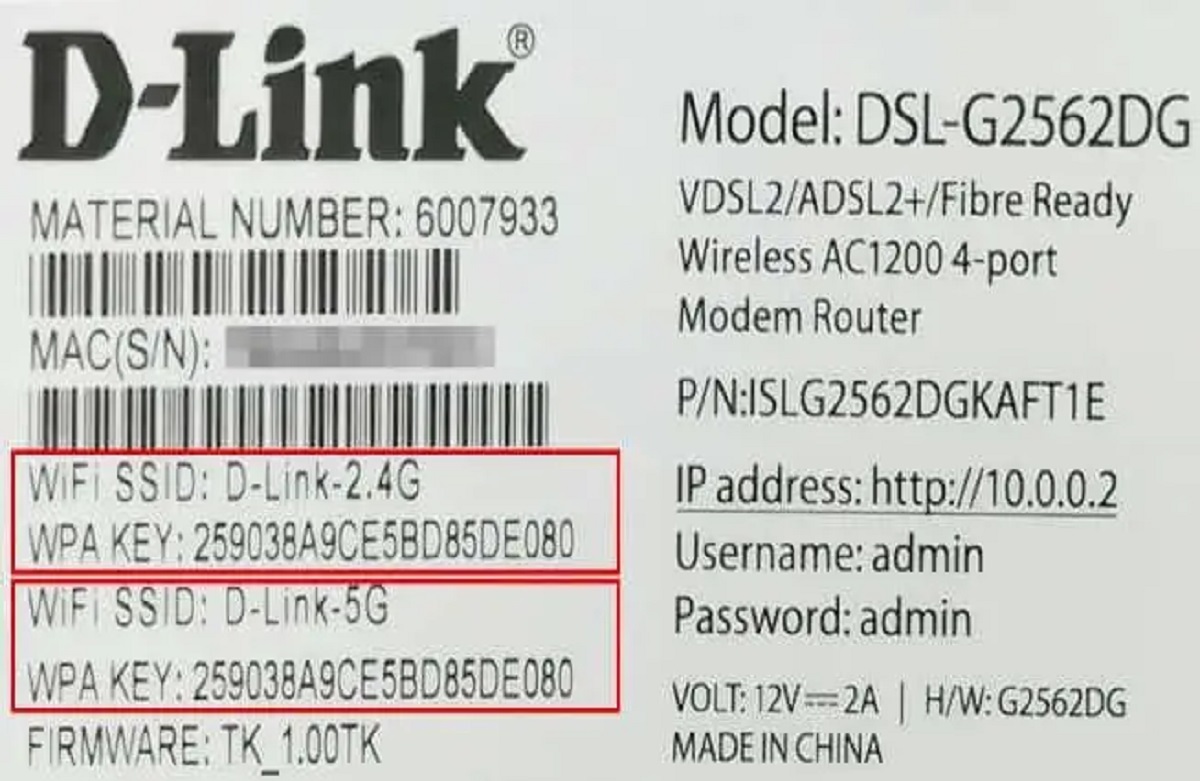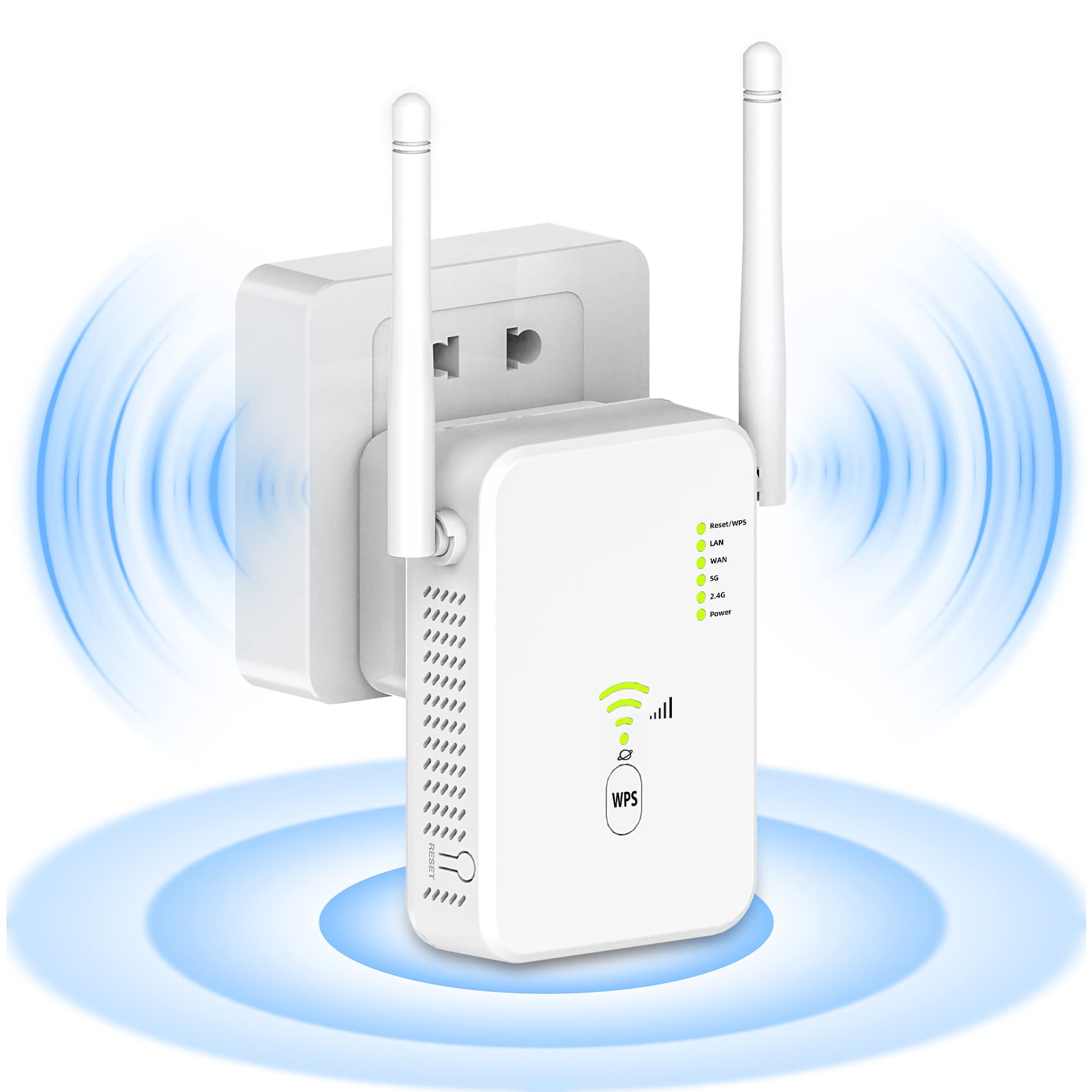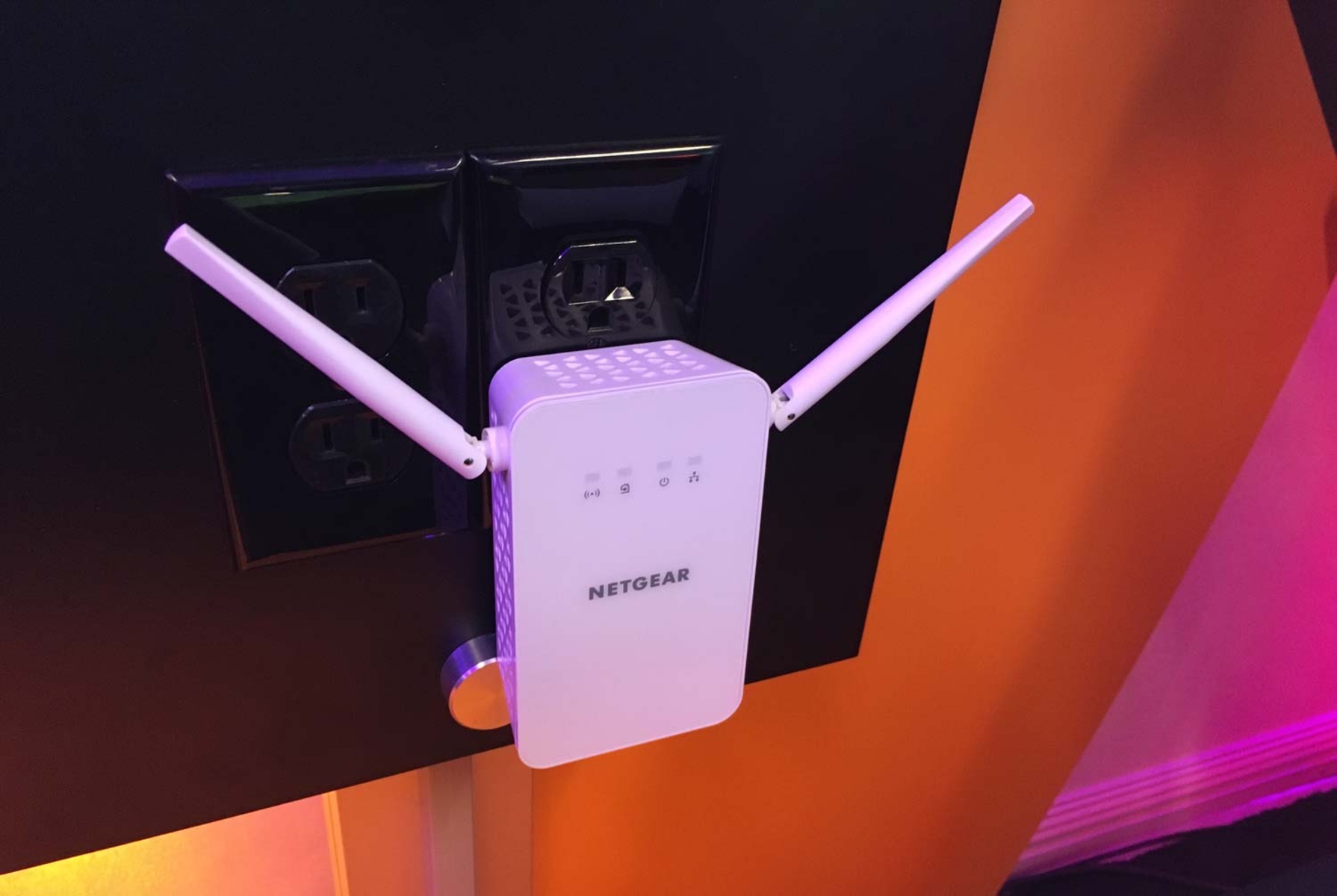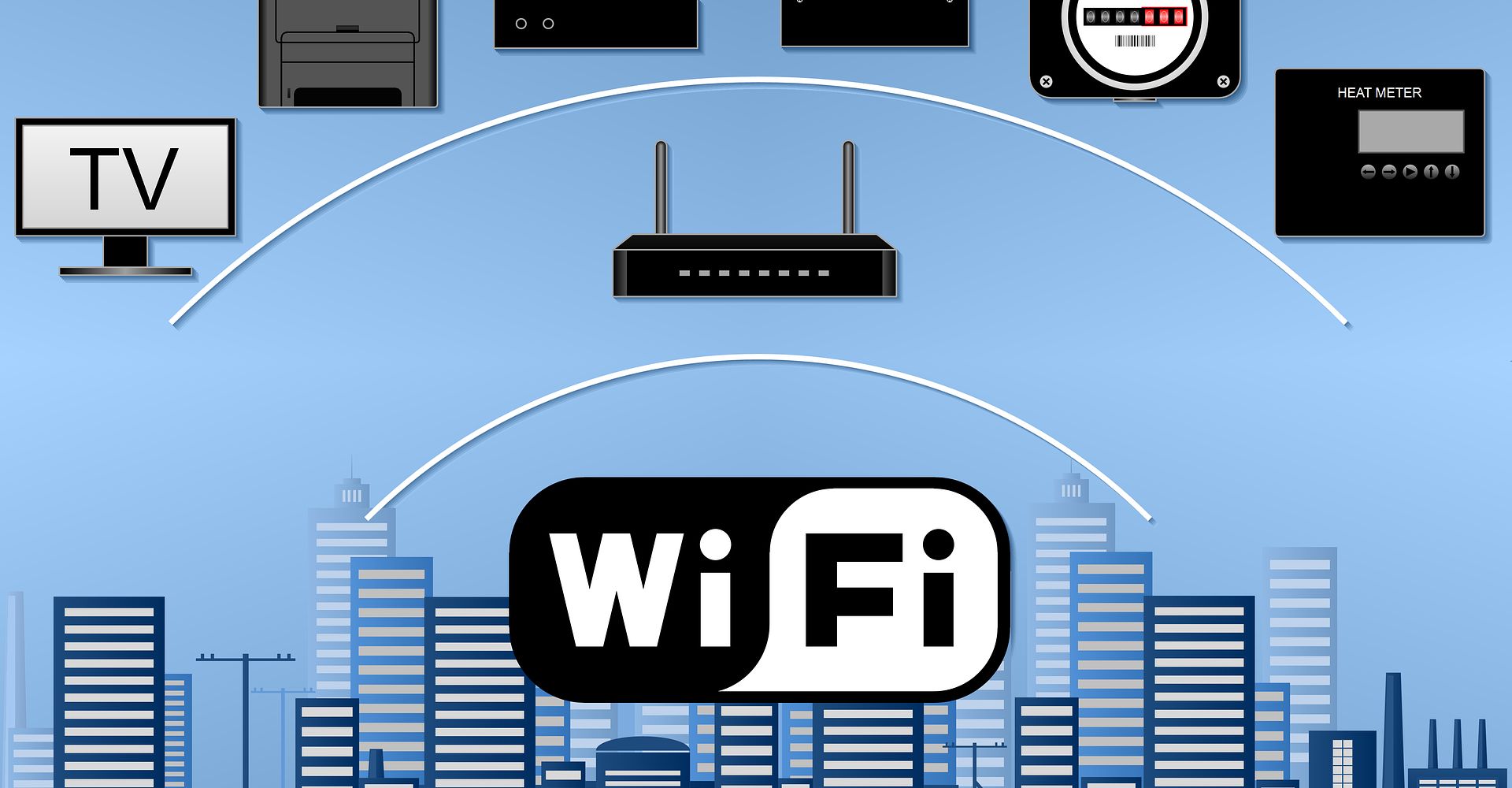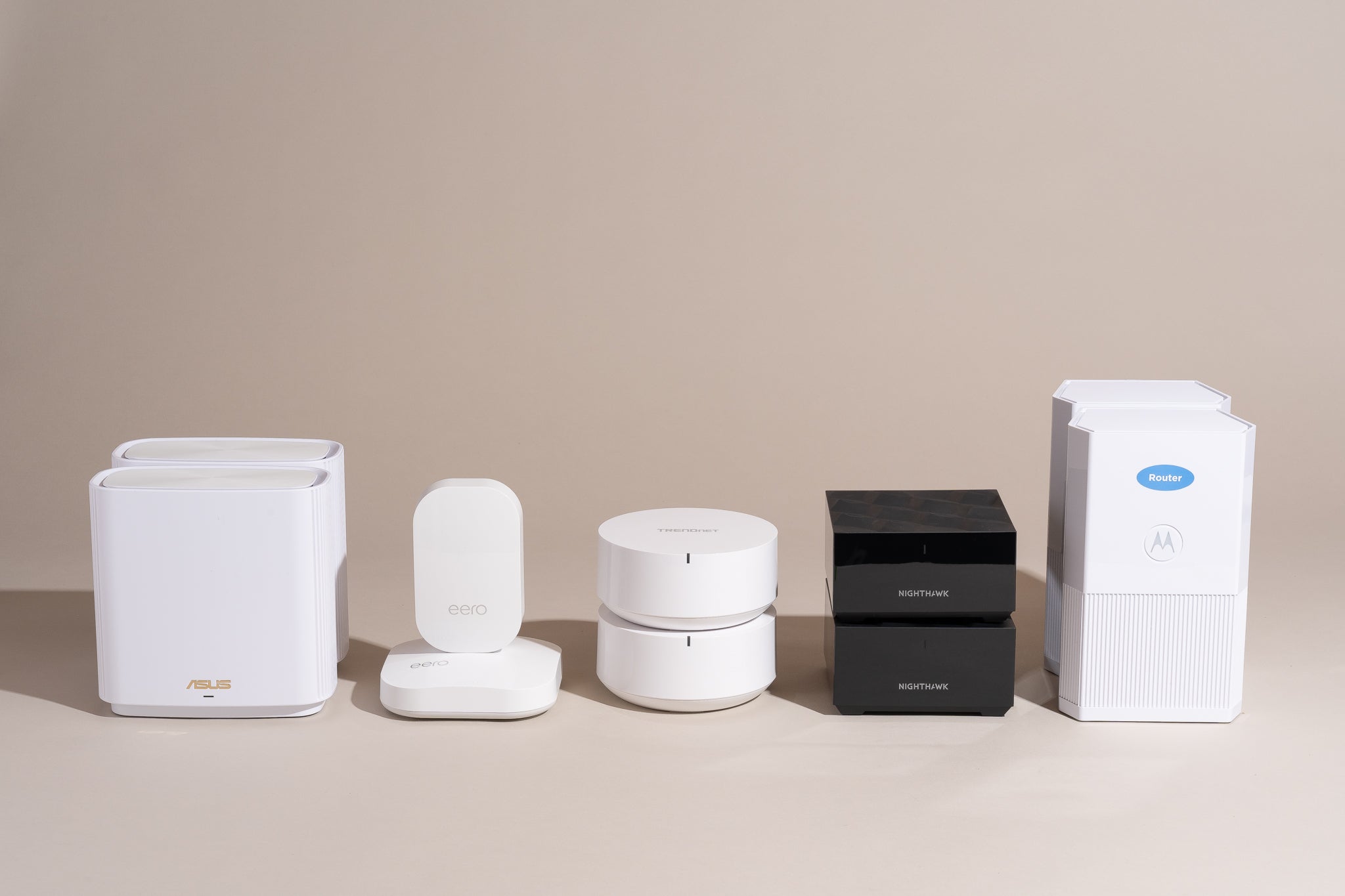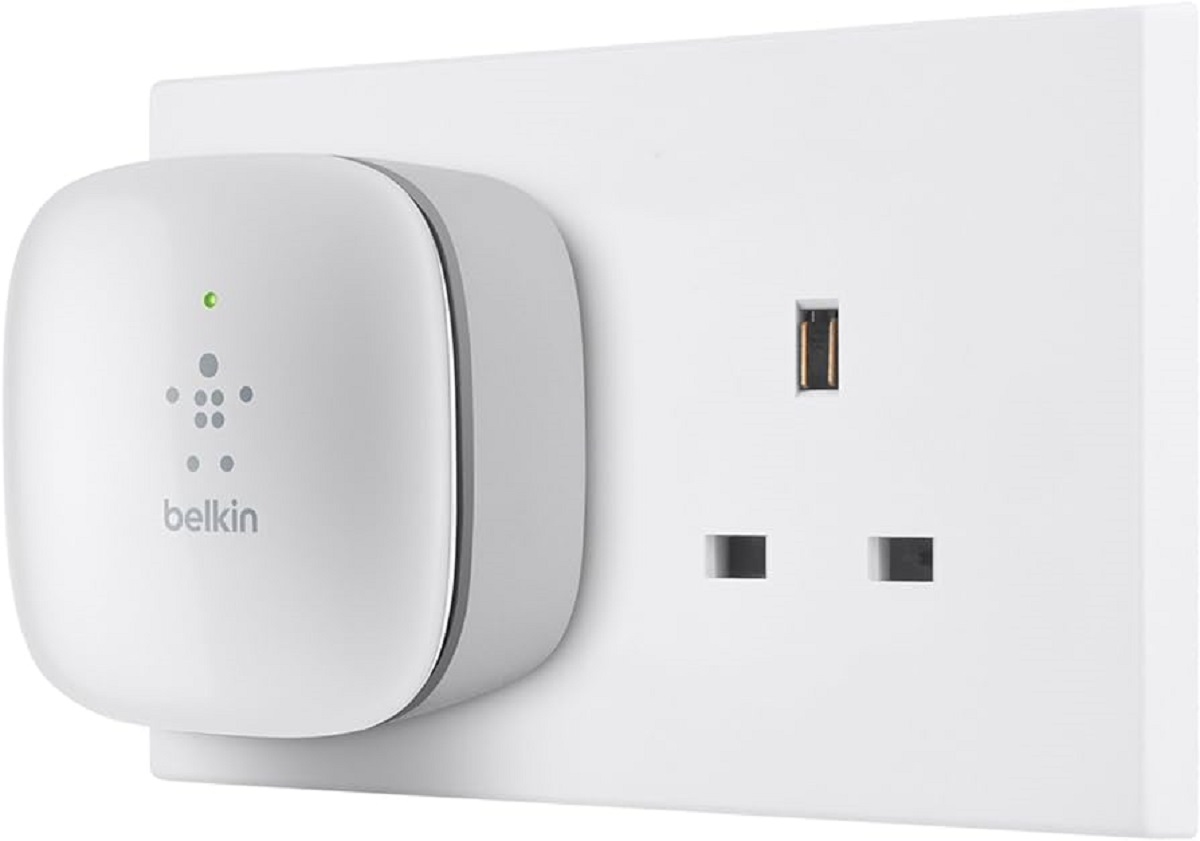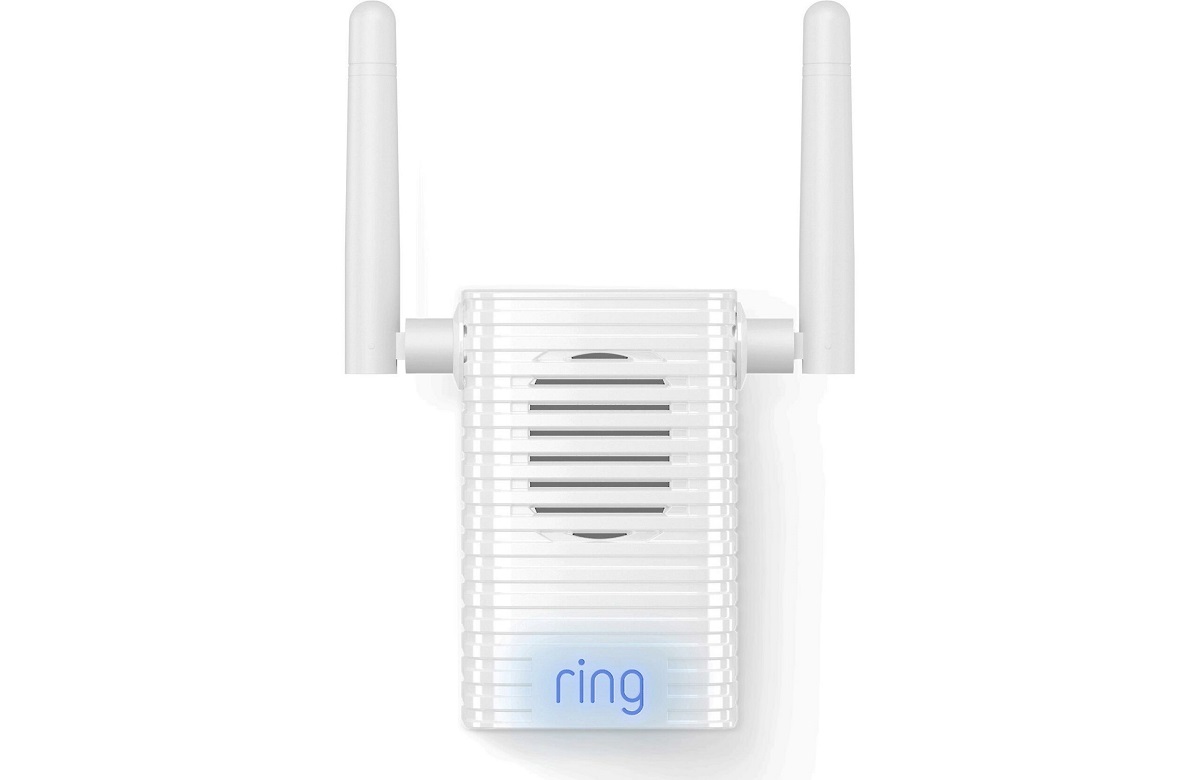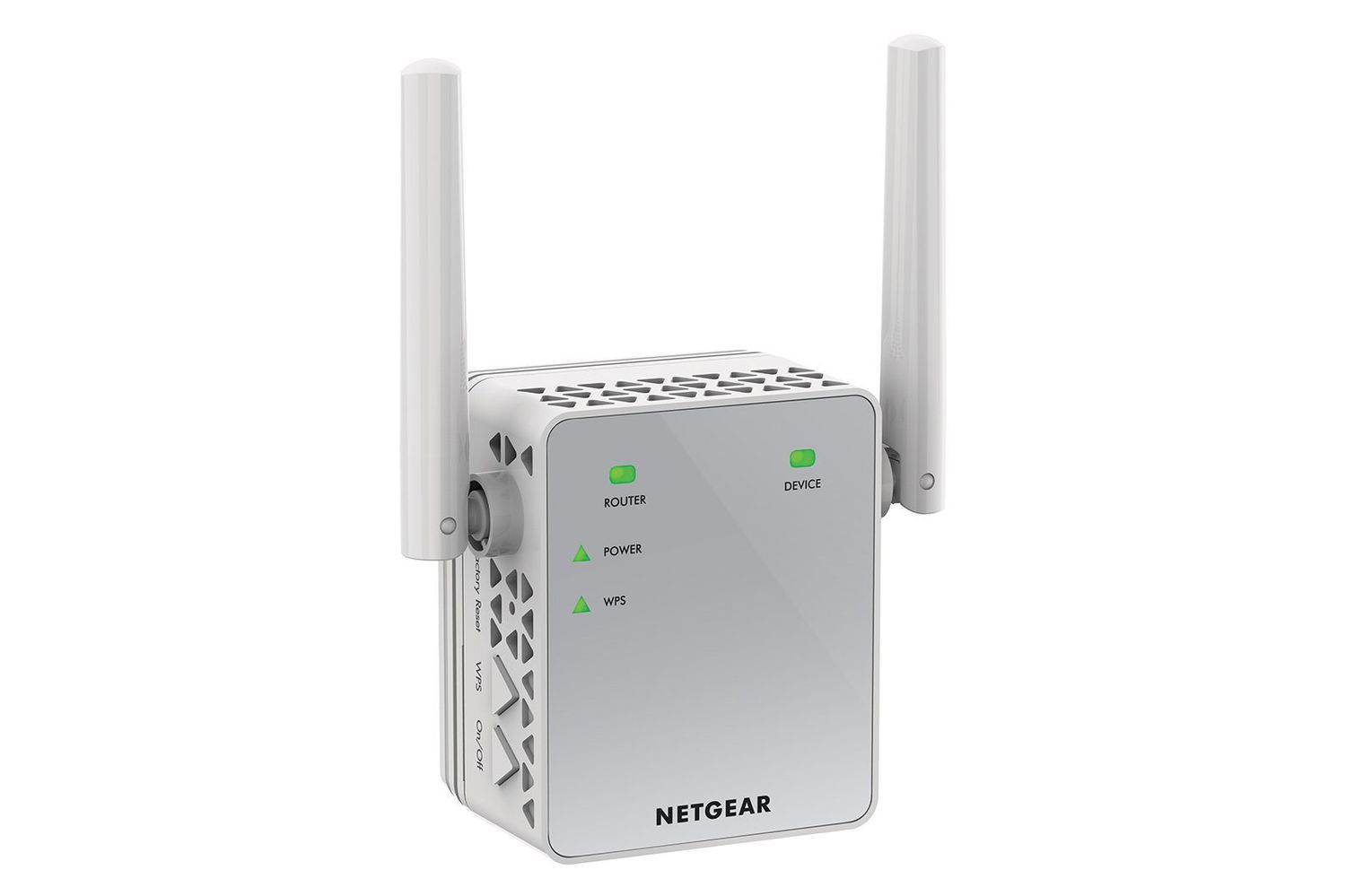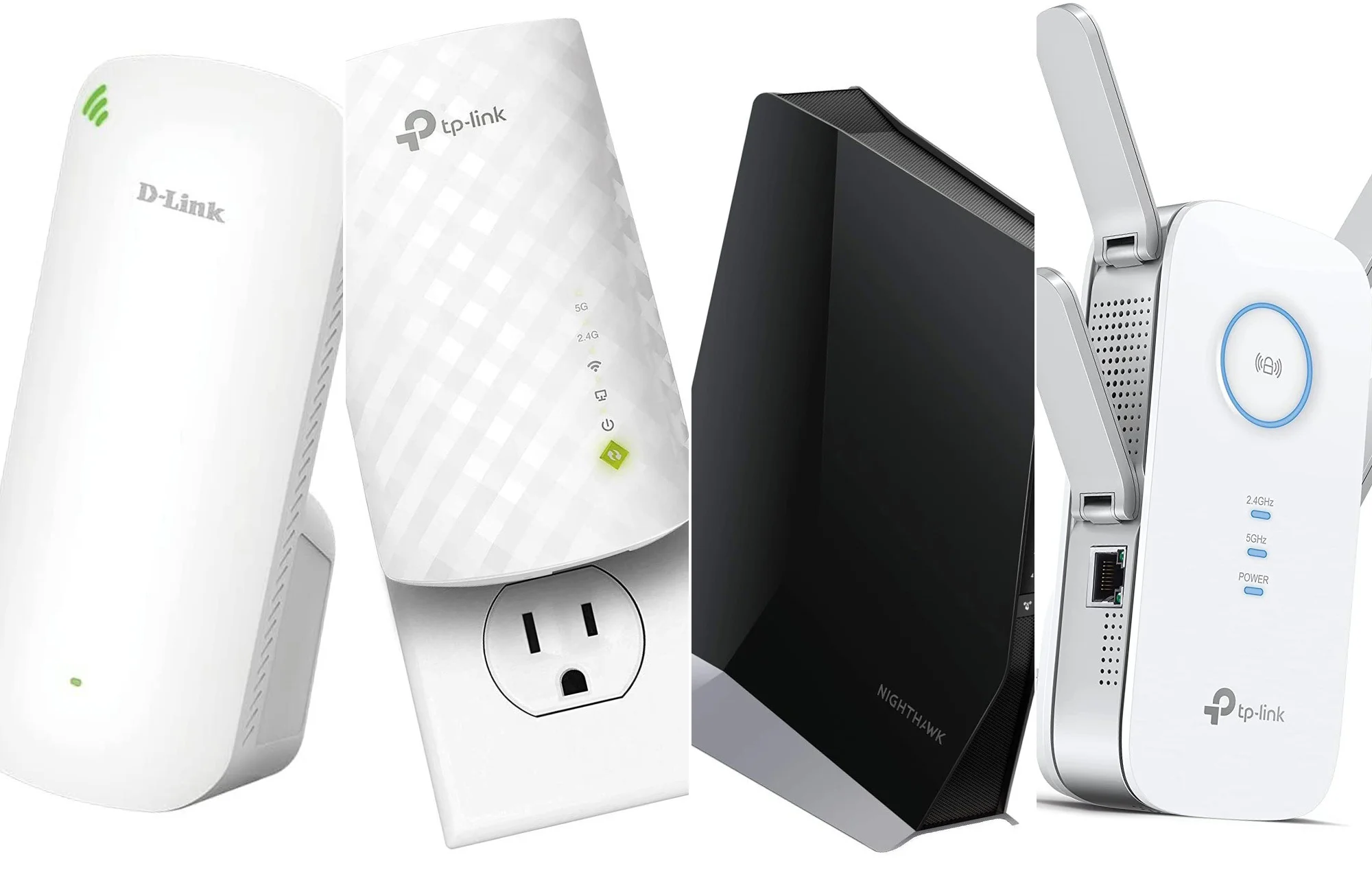Introduction
Welcome to the world of wireless connectivity! In today’s digital age, Wi-Fi has become an essential part of our daily lives. Whether at home, in a coffee shop, or at the office, we rely on Wi-Fi networks to access the internet, check emails, stream videos, and connect with friends and family.
However, with the convenience of Wi-Fi comes the need for security. Protecting your wireless network from unauthorized access is crucial to safeguarding your personal information and ensuring the privacy of your online activities. This is where a security key comes into play.
A security key is a password or passphrase that grants access to a Wi-Fi network. Just like a physical key opens a door, a security key allows devices to connect to a specific Wi-Fi network. Without the correct security key, unauthorized users will be unable to join your network.
In this article, we’ll explore the different types of security keys and how they work. We’ll also provide guidelines on setting up a security key and choosing a strong one to enhance your network’s security. So, let’s dive in and unlock the world of Wi-Fi security!
What is a Security Key?
A security key is a unique password or passphrase that serves as a form of authentication to protect your Wi-Fi network. It acts as a virtual lock, allowing authorized devices to connect while keeping unauthorized users out. Without a security key, anyone within range of your Wi-Fi network could potentially connect to it and access your internet connection and sensitive information.
Think of a security key as a secret code that only those who know it can use to gain access to your network. It adds an additional layer of security to your Wi-Fi setup, ensuring that only trusted devices can connect and communicate over your network.
When you first set up your Wi-Fi network, you are usually prompted to create a security key. This key is then shared with the devices you want to grant access to, such as smartphones, tablets, laptops, and smart home devices. Each device that connects to your network must enter the correct security key to establish a secure connection.
It’s important to note that a security key is different from the network name, also known as the Service Set Identifier (SSID). The SSID is the name you see when scanning for available Wi-Fi networks, while the security key is the password or passphrase required to join that network.
Overall, a security key is a vital component of your Wi-Fi network’s security. By implementing a strong security key, you can protect your network from unauthorized access, safeguard your personal and sensitive information, and ensure a safe and secure online experience.
Types of Security Keys
There are several types of security keys used to secure Wi-Fi networks. Each type offers varying levels of security, and the choice depends on the capabilities of your Wi-Fi router and the devices that will connect to your network. Let’s take a closer look at some of the most common types:
- WEP (Wired Equivalent Privacy): WEP is the oldest and least secure type of security key. It uses a 64 or 128-bit key that all devices on the network share. However, it has known vulnerabilities and can be easily cracked by determined attackers, so it is no longer recommended for use.
- WPA (Wi-Fi Protected Access): WPA improved upon the weaknesses of WEP and introduced stronger encryption algorithms. It offers two versions: WPA-Personal and WPA-Enterprise. WPA-Personal uses a pre-shared key, similar to WEP, but with stronger encryption. WPA-Enterprise uses a separate authentication server for each user, making it more secure for larger networks.
- WPA2 (Wi-Fi Protected Access 2): WPA2 is the most widely used and recommended security key type today. It is an upgrade from WPA and provides even stronger security through advanced encryption standards (AES). WPA2-PSK (Pre-Shared Key) is the most common type used in home networks, where all devices share the same passphrase.
- WPA3 (Wi-Fi Protected Access 3): WPA3 is the latest and most secure type of security key. It offers enhanced encryption and better protection against brute force attacks. WPA3 is gradually being adopted by newer Wi-Fi routers and devices, providing increased security for Wi-Fi networks.
When setting up your Wi-Fi network, it’s important to check the capabilities of your router and choose the most secure security key type available. Using the latest standards, such as WPA2 or WPA3, ensures that your network is well-protected from unauthorized access and potential security breaches.
WEP (Wired Equivalent Privacy)
WEP, which stands for Wired Equivalent Privacy, was the original security key protocol for Wi-Fi networks. It was introduced in the late 1990s as a means to provide privacy and data encryption for wireless communications, aiming to offer a level of security similar to that of a wired network connection.
WEP uses a 64 or 128-bit encryption key to secure the data transmitted over the network. This key is shared between all the devices connected to the network, and it must be manually entered into each device in order to connect to the Wi-Fi network.
However, over time, it was discovered that WEP had significant security weaknesses. The main vulnerability of WEP lies in its encryption algorithm, which can be easily cracked by determined attackers using widely available tools. In fact, it became so simple to break WEP encryption that it is not considered secure at all.
Cracking WEP encryption involves analyzing the data packets being transmitted over the network and exploiting weaknesses in the encryption protocol. Once the encryption key is known, an attacker can gain unauthorized access to the network and intercept sensitive information being sent over the Wi-Fi connection.
Due to its inherent security vulnerabilities, WEP is no longer recommended for use in securing Wi-Fi networks. In fact, many Wi-Fi routers and devices have completely phased out support for WEP. It is highly advisable to transition to more secure security key protocols, such as WPA2 or WPA3, to maintain the integrity and privacy of your wireless network.
If you are still using a network with WEP encryption, it is strongly recommended that you upgrade to a more secure protocol as soon as possible. Most modern Wi-Fi routers and devices support stronger encryption options that provide better protection against unauthorized access and data breaches.
By transitioning away from WEP and implementing stronger security measures, you can ensure that your Wi-Fi network remains secure and your data remains private. Stay vigilant and keep your network protected from potential threats.
WPA (Wi-Fi Protected Access)
Wi-Fi Protected Access (WPA) is a security key protocol that was developed as an improvement over the vulnerable Wired Equivalent Privacy (WEP) protocol. It aimed to enhance the security of wireless networks by introducing stronger encryption algorithms and better authentication methods.
WPA comes in two versions: WPA-Personal (WPA-PSK) and WPA-Enterprise. WPA-Personal is designed for home networks and small businesses, while WPA-Enterprise is suitable for larger organizations and corporate environments.
WPA-Personal uses a pre-shared key (PSK), also known as a passphrase. This passphrase is shared among all the devices that want to connect to the Wi-Fi network. It is crucial to choose a strong passphrase that comprises a combination of uppercase and lowercase letters, numbers, and special characters to ensure the security of the wireless network.
WPA-Enterprise, on the other hand, employs a more robust authentication mechanism called 802.1X, which utilizes a separate authentication server. Each user connecting to the Wi-Fi network must enter their unique username and password to establish a secure connection. This method provides individual user-based authentication and is commonly used in enterprise settings.
The encryption algorithm used by WPA is more advanced than that of WEP. Originally, WPA used Temporal Key Integrity Protocol (TKIP) for encryption, which addressed the weaknesses of WEP. However, as technology evolved, TKIP was gradually phased out due to its vulnerabilities.
WPA can now use the more secure Advanced Encryption Standard (AES) encryption algorithm, which provides stronger protection for wireless communications. AES encryption is more resistant to brute force attacks and offers greater security for data transmitted over the network.
Overall, WPA represents a significant improvement over WEP in terms of security. It provides stronger encryption, better authentication mechanisms, and enhanced protection against unauthorized access to Wi-Fi networks. However, as technology continues to evolve, it is important to prioritize the use of even more secure protocols like WPA2 or WPA3 to ensure the highest level of security for your wireless network.
WPA2 (Wi-Fi Protected Access 2)
Wi-Fi Protected Access 2 (WPA2) is the current standard for securing Wi-Fi networks. It is an upgrade from the original WPA protocol and offers improved security features and stronger encryption algorithms.
WPA2 utilizes the same two versions as its predecessor: WPA2-Personal and WPA2-Enterprise. WPA2-Personal, also known as WPA2-PSK, is commonly used in home networks and small businesses. It utilizes a pre-shared key (PSK) or passphrase that all devices on the network share to establish a secure connection.
When setting up a WPA2-Personal network, it is crucial to choose a strong and unique passphrase. A strong passphrase should be a combination of uppercase and lowercase letters, numbers, and special characters to make it more resistant to brute force attacks.
WPA2-Enterprise, similar to WPA-Enterprise, relies on the 802.1X authentication protocol. It requires each user to provide their unique login credentials, such as a username and password, to access the Wi-Fi network. This method provides individual user-based authentication, making it ideal for larger organizations and corporate environments.
WPA2 adopted the use of the more secure Advanced Encryption Standard (AES) encryption algorithm. AES is considered highly secure and resistant to cryptographic attacks. With AES encryption, wireless communication is encrypted using a stronger and more robust encryption key, ensuring the confidentiality and integrity of the data transmitted over the network.
One notable vulnerability in WPA2 is the WPA2-PSK handshake vulnerability, commonly referred to as the KRACK attack. This vulnerability allows an attacker to exploit weaknesses in the four-way handshake process used to establish a connection between a client device and the access point. Fortunately, patches and updates have been released to mitigate this vulnerability, and it is important to keep your Wi-Fi router and devices up to date to prevent potential attacks.
Overall, WPA2 is widely regarded as a secure and reliable security key protocol for Wi-Fi networks. It provides strong encryption, improved authentication, and enhanced protection against unauthorized access. However, as technology advances and new security vulnerabilities are discovered, it is essential to stay informed and consider transitioning to even more secure protocols like WPA3 for optimal Wi-Fi network security.
WPA3 (Wi-Fi Protected Access 3)
Wi-Fi Protected Access 3 (WPA3) is the latest and most advanced security key protocol for Wi-Fi networks. It was developed as an update to the aging WPA2 protocol, with the goal of providing stronger security and better protection against emerging threats.
WPA3 improves upon the security features of its predecessor by introducing several key enhancements. One of the notable additions is the Simultaneous Authentication of Equals (SAE) protocol, which replaces the WPA2-PSK handshake process. SAE provides better protection against password guessing attacks and makes it significantly more difficult for attackers to obtain the Wi-Fi network’s passphrase.
Another significant feature of WPA3 is individualized data encryption. Previously, in WPA2, all devices connected to the network shared the same encryption key. With WPA3, each device gets its own unique encryption key, ensuring that even if one device’s key is compromised, it does not affect the security of other devices on the network.
Furthermore, WPA3 strengthens the encryption algorithms used for securing Wi-Fi networks. It mandates the use of the more secure and modern encryption protocol called the Galois/Counter Mode Protocol (GCMP-256) with 256-bit encryption. This provides stronger cryptographic protection for data transmitted over the wireless network.
WPA3 also addresses security vulnerabilities related to the Wi-Fi network setup process. It introduces Device Provisioning Protocol (DPP), which simplifies the process of connecting devices to a Wi-Fi network securely. DPP allows for secure and easy onboarding of devices when connecting to a WPA3-protected network.
Although WPA3 offers enhanced security measures, it is important to note that widespread adoption of this protocol is still in progress. Not all devices and routers support WPA3 yet, and compatibility can vary. However, many new Wi-Fi routers and devices that are being released today are WPA3-capable, providing improved security for those who have access to these devices.
Transitioning to WPA3 can significantly enhance the security of your Wi-Fi network, offering protection against various attacks and vulnerabilities. However, if your devices do not support WPA3, it is advisable to use WPA2 with strong encryption and unique passphrases to maintain a secure wireless network.
As technology continues to evolve, it is vital to stay up to date with security protocols and implementations to ensure that your Wi-Fi network remains protected against emerging threats.
How to Set Up a Security Key
Setting up a security key for your Wi-Fi network is a straightforward process. Here are the general steps to follow:
- Access your Wi-Fi router’s settings: Open a web browser on a device connected to your Wi-Fi network and enter the router’s IP address. This address is usually printed on the router or provided in the user manual.
- Login to the router’s admin interface: Enter the router’s username and password to access the settings. If you haven’t changed these credentials before, consult the router’s documentation or contact your internet service provider for the default login details.
- Navigate to the wireless settings: Locate the wireless settings section in the router’s admin interface. This may be labeled as “Wireless,” “Wi-Fi,” or a similar term.
- Select the security key protocol: Look for the security options and choose the desired security key protocol, such as WPA2 or WPA3, depending on the capabilities of your router and devices.
- Set the security key: Enter a strong and unique passphrase for the security key. Aim for a combination of uppercase and lowercase letters, numbers, and symbols. Avoid using easily guessable phrases or personal information.
- Save and apply the changes: Once you have set the security key, save the changes in the router’s settings. The router will apply the new security settings and may reboot.
- Connect devices to the network: On each device you want to connect to the Wi-Fi network, go to the network settings and select your network from the list of available networks. Enter the security key when prompted to establish a secure connection.
It’s important to note that the specific steps for setting up a security key may vary slightly depending on the make and model of your Wi-Fi router. Consult the router’s documentation or online resources for detailed instructions specific to your device.
Remember to keep your security key confidential and avoid sharing it with unauthorized individuals. Regularly check for firmware updates for your router to ensure you have the latest security patches and features. By following these steps and maintaining strong security practices, you can establish a secure Wi-Fi network that safeguards your data and privacy.
Tips for Choosing a Strong Security Key
Choosing a strong security key is essential for protecting your Wi-Fi network from unauthorized access. Here are some tips to help you create a strong and secure security key:
- Length: Aim for a security key with a minimum length of 12 characters. Longer security keys provide greater complexity and resistance to brute force attacks.
- Complexity: Include a combination of uppercase and lowercase letters, numbers, and special characters in your security key. This increases the complexity and makes it more difficult to guess.
- Avoid common words or phrases: Do not use common words, phrases, or personal information in your security key. These can be easily guessed by attackers who may use dictionary-based or social engineering methods.
- Don’t use predictable patterns: Avoid using repetitive characters or patterns in your security key. For example, “12345678” or “qwertyui” can be easily cracked.
- Randomize: Use a random combination of characters when generating your security key. Randomly generated security keys are more secure than ones created using easily guessable patterns.
- Change periodically: Regularly change your security key to enhance the security of your Wi-Fi network. Consider updating it every few months or sooner if there are any potential breaches or compromises.
- Unique key for each network: If you have multiple Wi-Fi networks, use a unique security key for each network. This prevents a compromise on one network from affecting the security of the others.
- Securely store your security key: Keep your security key in a safe and confidential place. Avoid sharing it with others unless necessary, and be cautious when transmitting it over insecure channels.
- Consider using a password manager: If you struggle to remember complex security keys, consider using a reputable password manager to securely store and generate strong passwords for your Wi-Fi network.
By following these tips, you can create a strong and secure security key that significantly reduces the risk of unauthorized access to your Wi-Fi network. Remember, the stronger your security key, the more protected your network will be from potential security breaches.
Conclusion
Securing your Wi-Fi network with a strong security key is vital in today’s digital landscape. With the increasing prevalence of wireless connectivity, it is essential to protect your personal information, sensitive data, and online activities from unauthorized access.
In this article, we explored the importance of a security key and its role in ensuring the privacy and security of your Wi-Fi network. We discussed the different types of security keys, including WEP, WPA, WPA2, and the latest WPA3. Each of these protocols offers varying levels of security, with WPA2 and WPA3 being the most recommended for optimal protection.
We also examined the process of setting up a security key for your Wi-Fi network. By following the necessary steps and choosing a strong and unique security key, you can establish a secure connection for your devices.
Additionally, we provided valuable tips for selecting a strong security key, emphasizing the importance of length, complexity, randomness, and regular key updates. These practices help bolster the security of your Wi-Fi network and reduce the likelihood of unauthorized access.
Remember, securing your Wi-Fi network is an ongoing effort. It is essential to stay informed about the latest security technologies and protocols to ensure the continued protection of your network. Regularly updating your Wi-Fi router’s firmware and implementing the latest security measures will keep your network secure from emerging threats.
By implementing a strong security key and following best practices, you can enjoy the convenience and benefits of Wi-Fi connectivity while keeping your network and personal information safe from potential attackers.
Take the necessary steps today to secure your Wi-Fi network and enjoy a worry-free online experience!







